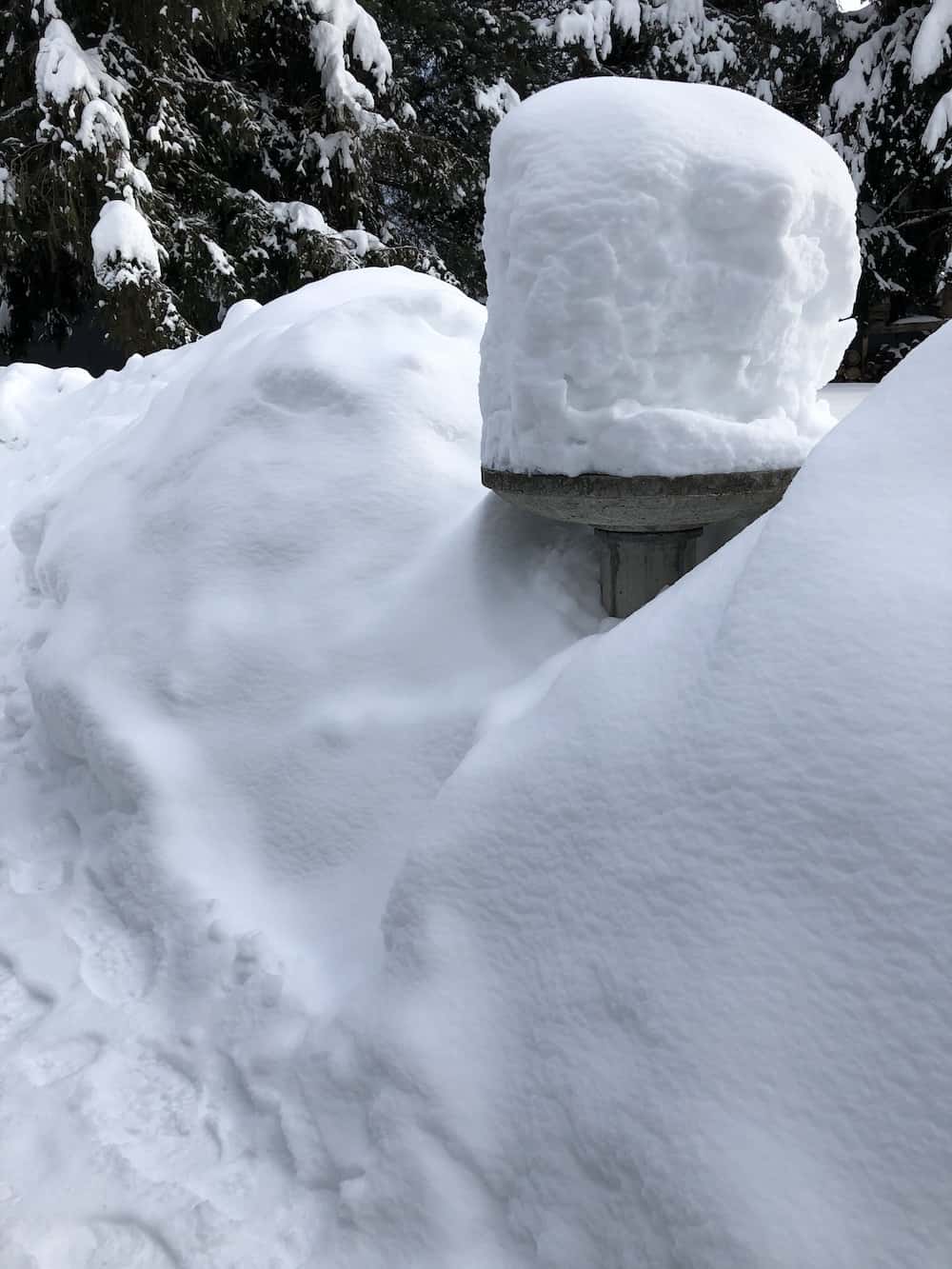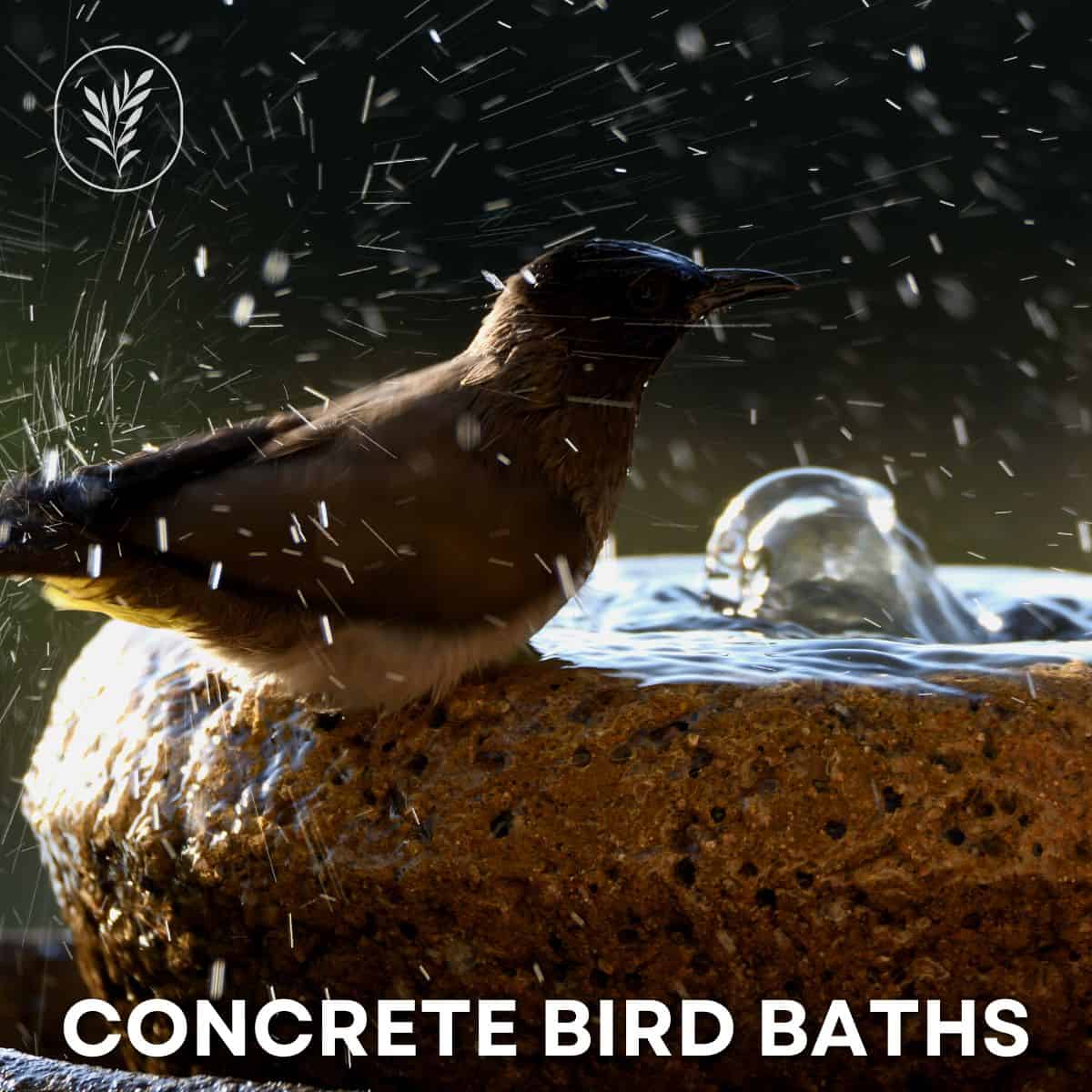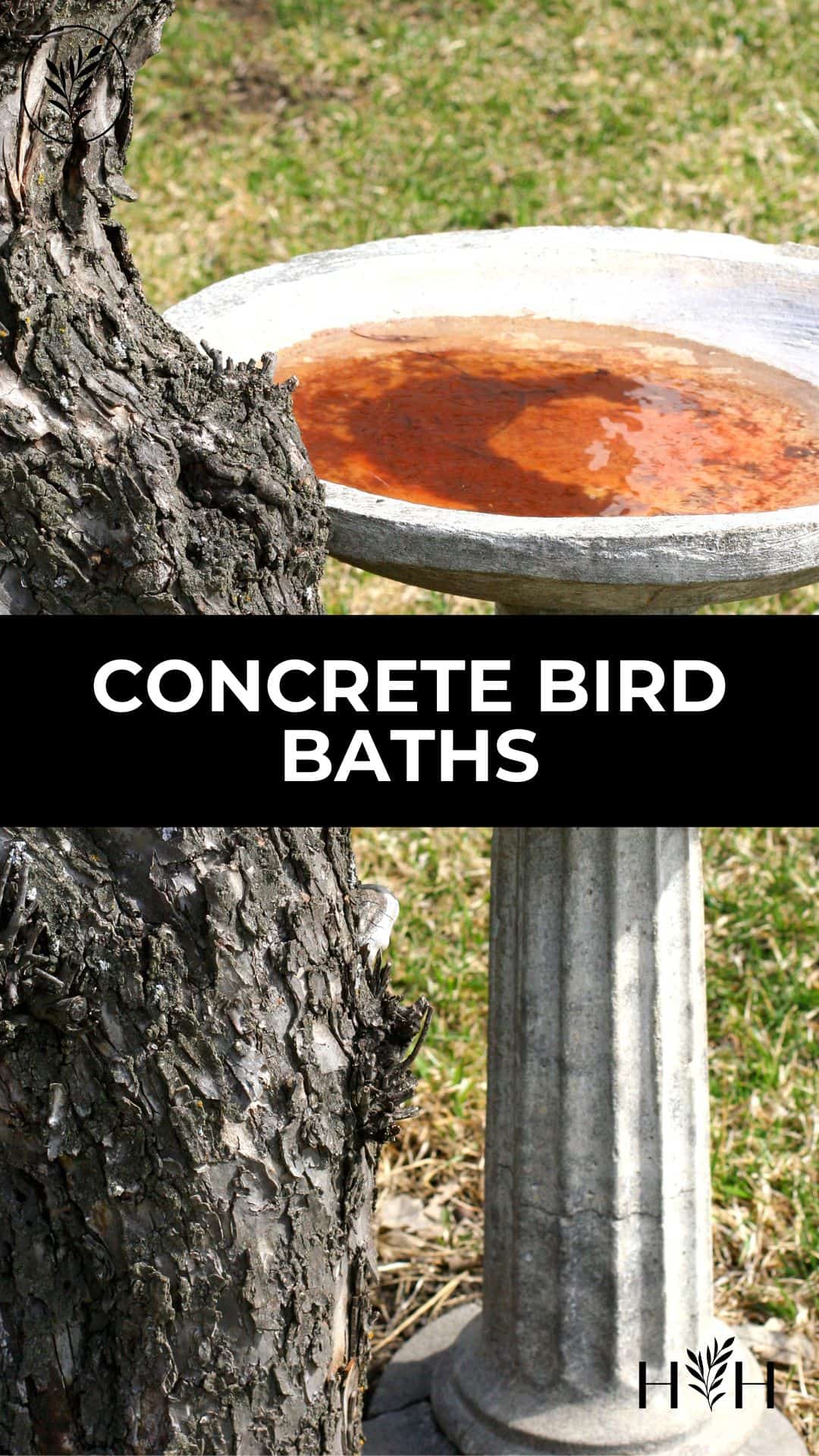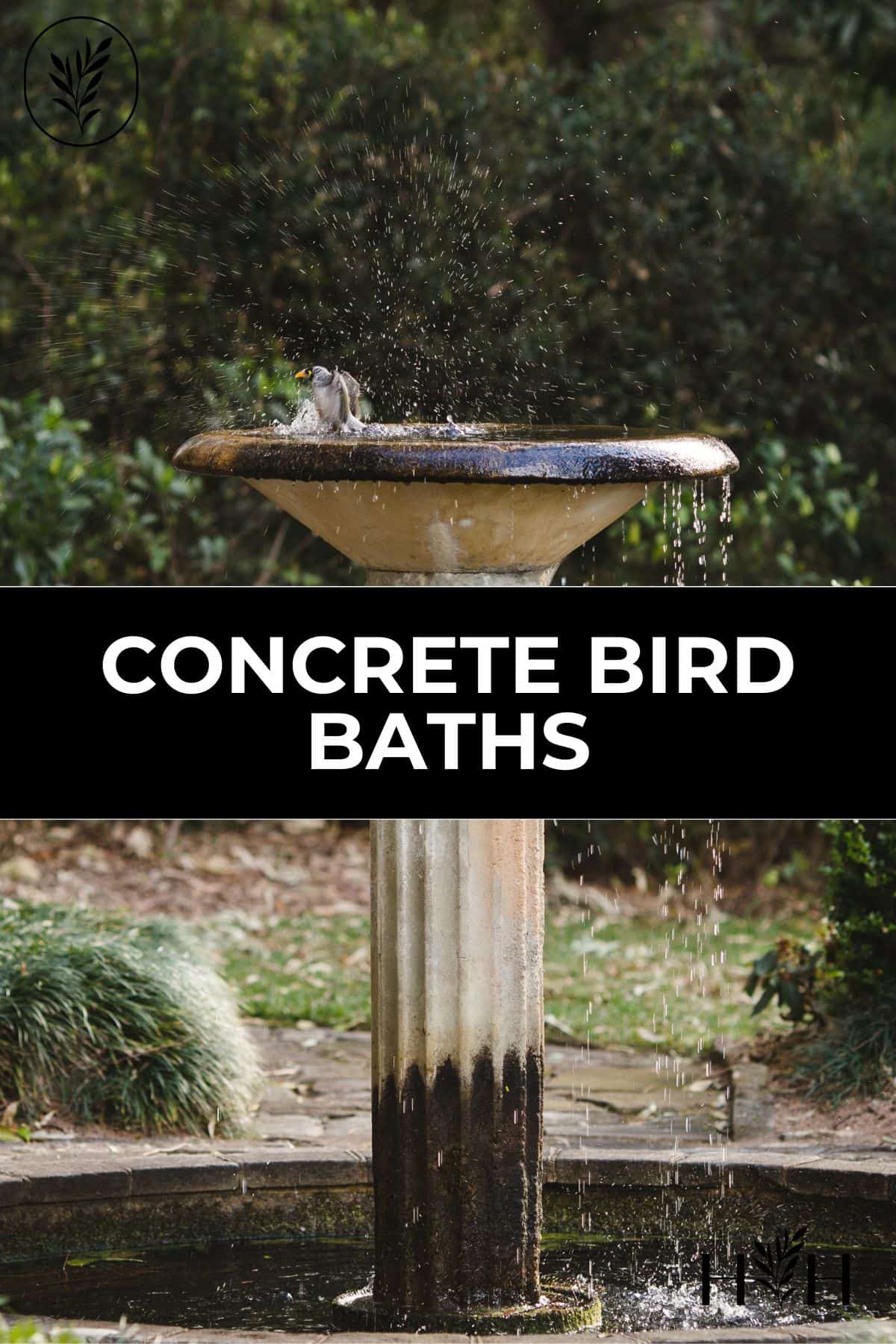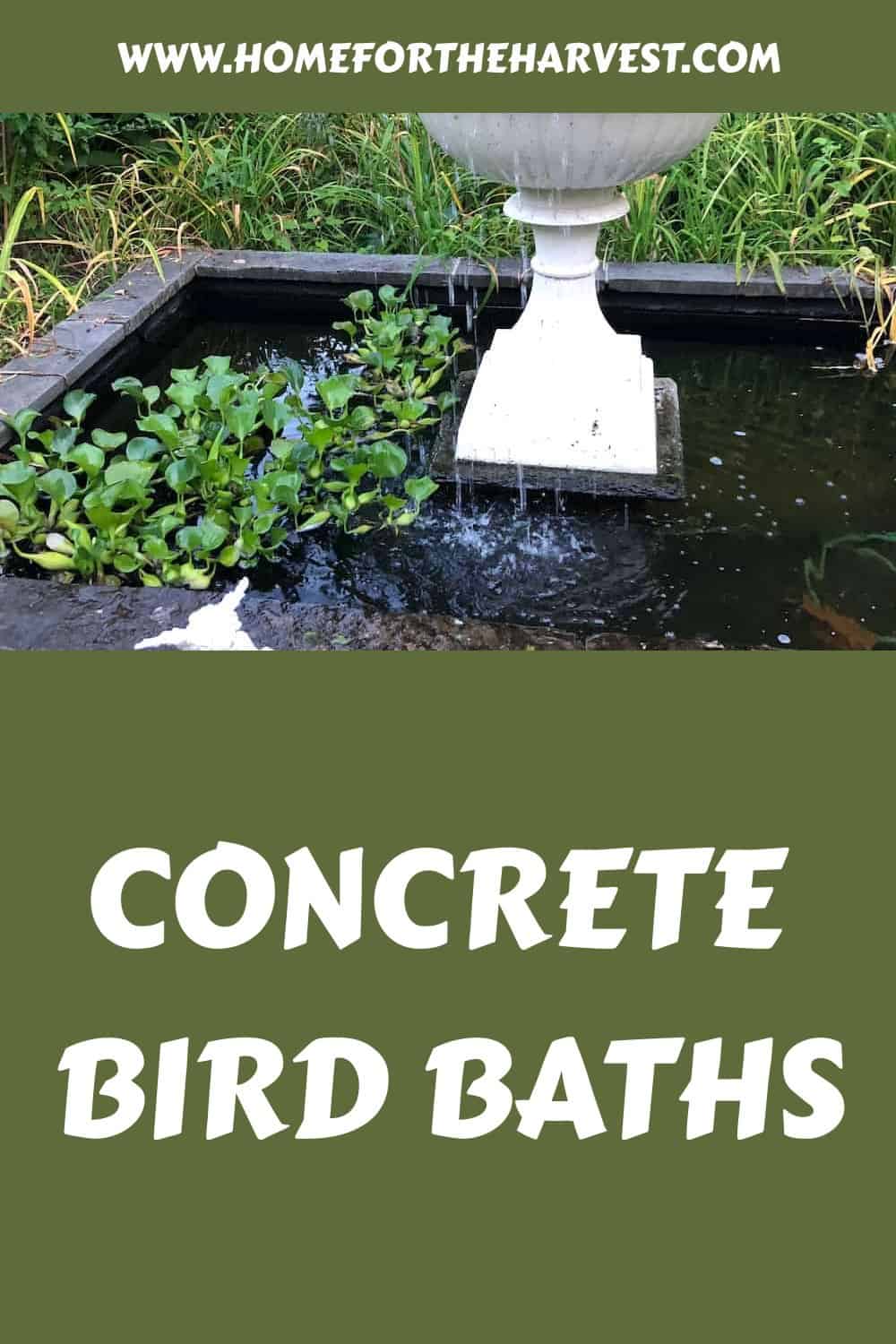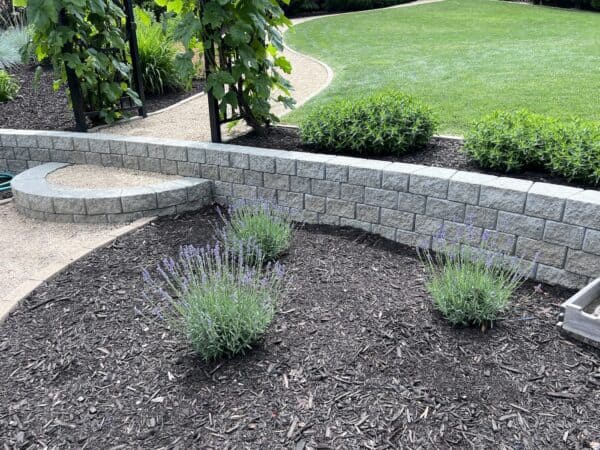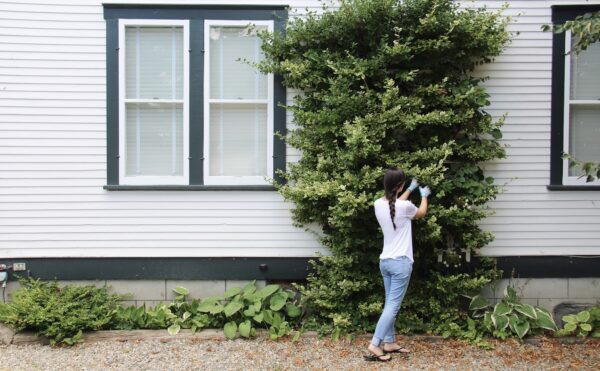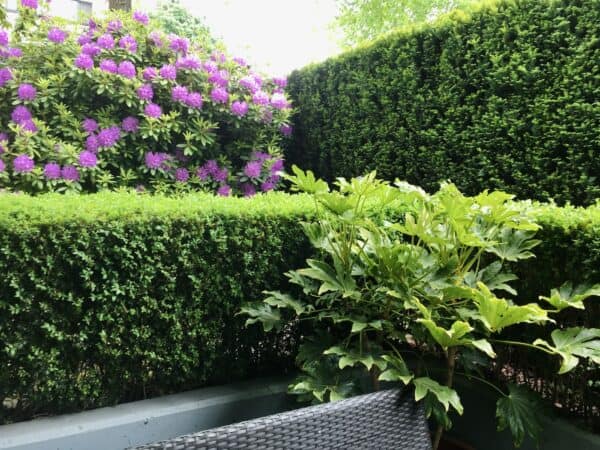Concrete bird baths are an attractive garden feature that make your yard welcoming to local birds. Traditional solid concrete birdbaths are a centerpiece of garden design while also adding to the eco-friendly wildlife value of the garden. Let’s look in detail at concrete bird baths, including the main characteristics, key manufacturers, and maintenance tips.
Concrete bird bath basics
Traditional concrete bird baths have a thin pedestal stand topped with a wide basin bowl. Smaller bird baths may be cast as one piece, whereas larger birdbaths are generally cast in two pieces: the pedestal is cast separately from the basin and later connected like puzzle pieces. Once assembled, the bath can be installed, and the patina of age can be developed in the garden.
Most traditional bird baths have a single basin bowl on the top. These are referred to by retailers as one-tier birdbaths. There are bird baths available with multiple tiers of basin bowls, but these are harder to find and are often made of concrete-look resin instead of real solid concrete.
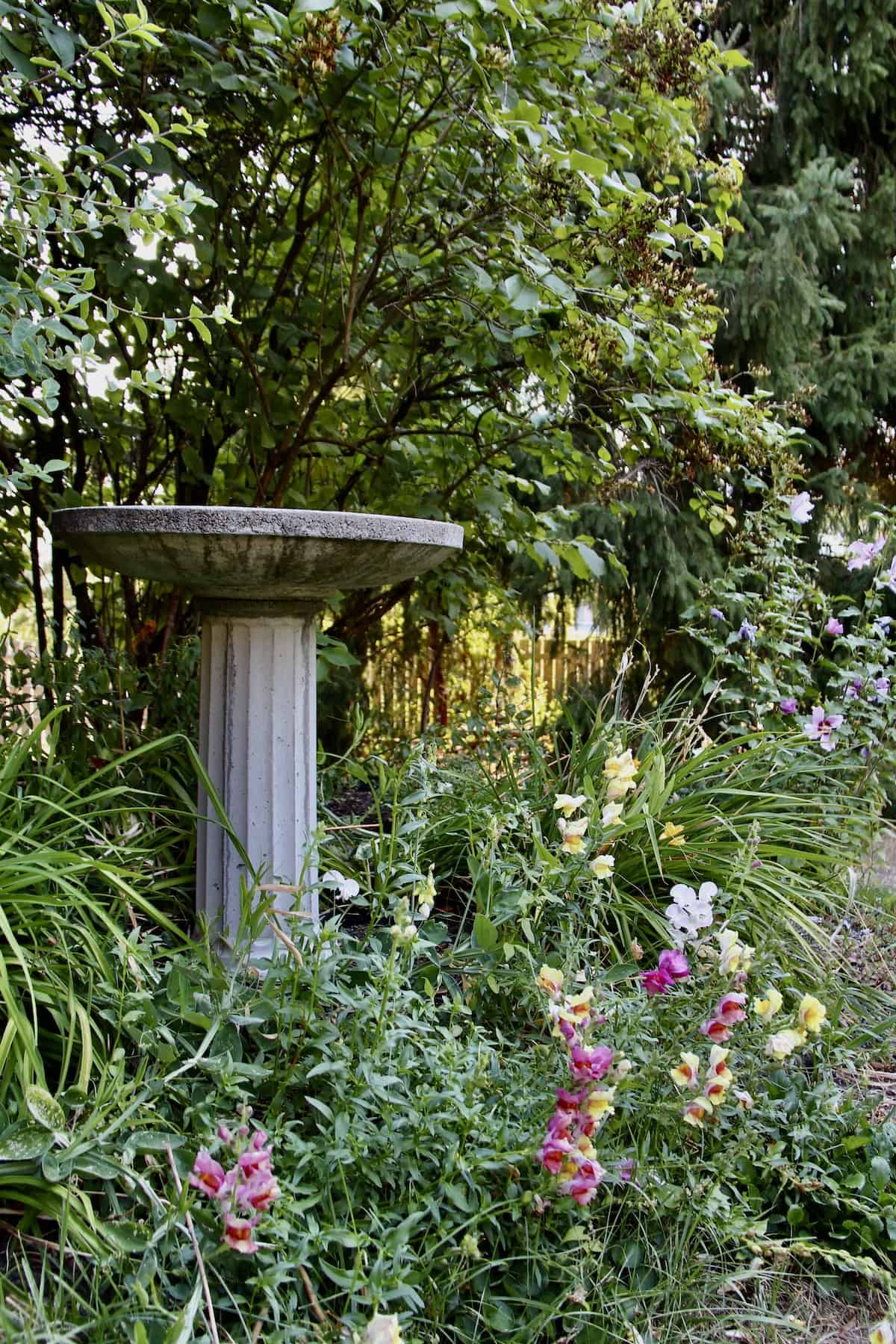
Concrete bird bath manufacturers
Here are some of the main concrete bird bath manufacturers, plus retailers that stock their products:
- Campania (Pennsburg, PA)
- Massarelli (Hammonton, NJ)
- Florence (Hayward, CA)
- Hansen’s (Kemptville, ON)
- Scott (Lakefield, ON)
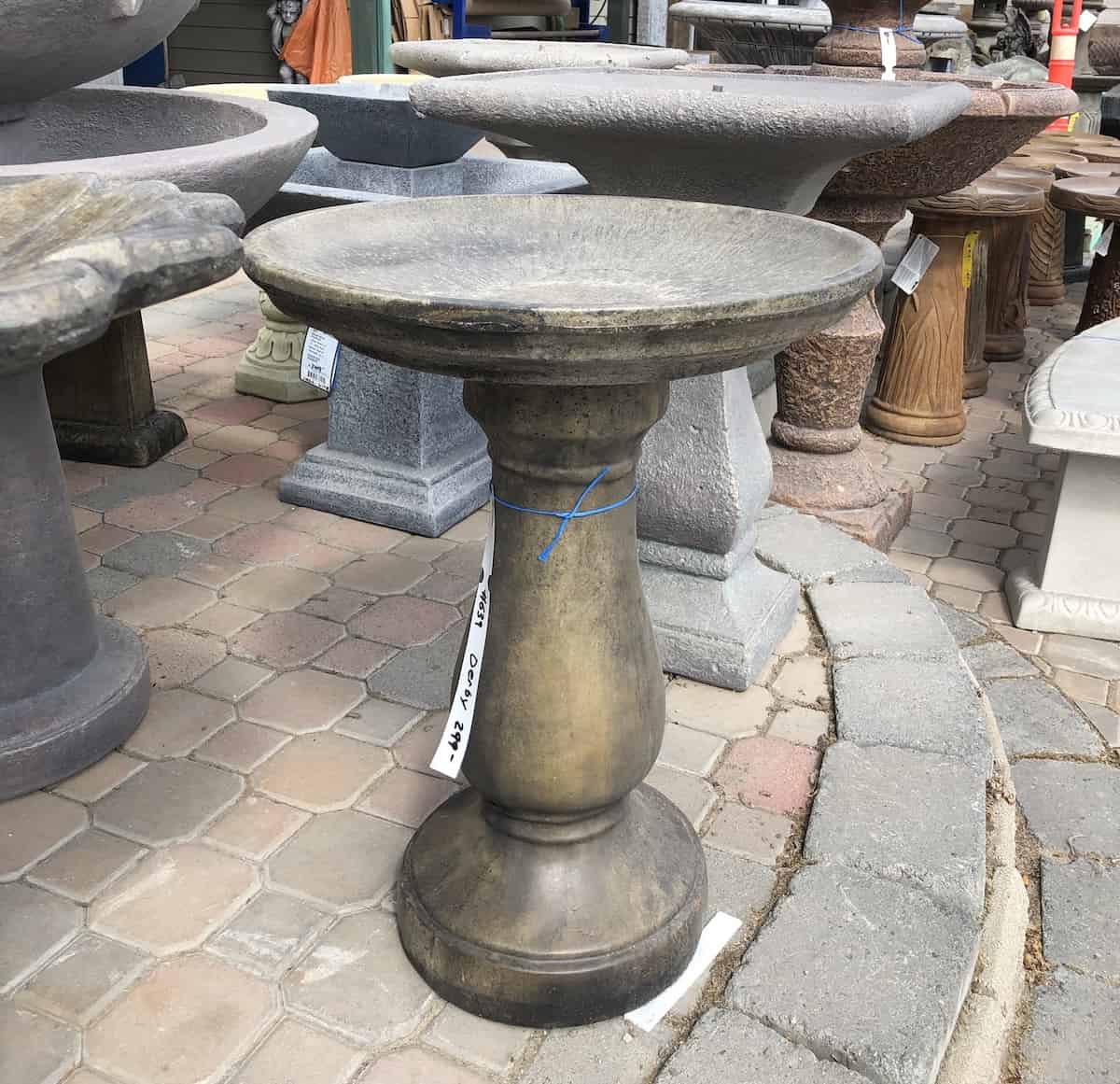
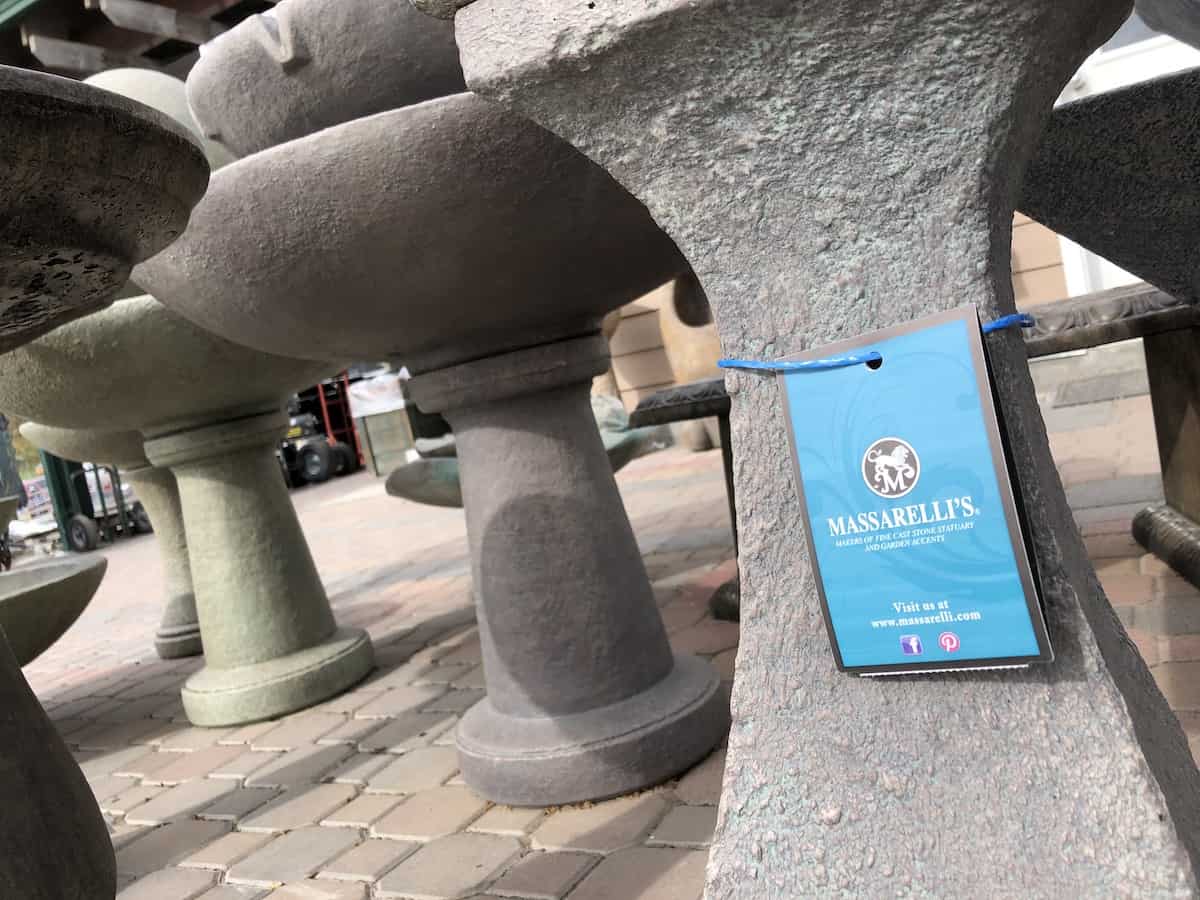
The best concrete bird baths
The best concrete bird baths are made of solid concrete. These types of birdbaths are durable, long-lasting, and very attractive. Concrete bird baths come in two main height groups: full-size and mini-size. Most are made in North America or Europe.
Full-size solid concrete bird baths range from about 22″ in height for shorter models up to 36″ high for larger sculptural birdbaths. An average full-size concrete bird bath generally weighs around 100 pounds. Here are some full-size solid concrete bird baths:
- Classic Simple Concrete Bird Bath
- Traditional Cottage Garden Concrete Bird Bath
- Chatham English Concrete Birdbath
- Isleboro Wide-Bowl Concrete Birdbath
- Williamsburg Tea Table Concrete Birdbath
Short-pedestal mini bird baths are generally 6″-14″ tall and weigh under 30 pounds. Here are some lovely mini concrete bird baths:
- Beauvoir Greystone Mini Concrete Bird Bath
- Avery Square Contemporary Small Bird Bath
- Kosei Japanese Zen Garden Birdbath
Lightweight concrete-look bird baths
Traditional bird baths with a concrete-like appearance are also available in lightweight resin (instead of solid concrete). While these birdbaths are not as long-lasting, they are generally lower-cost and easier to ship/deliver.
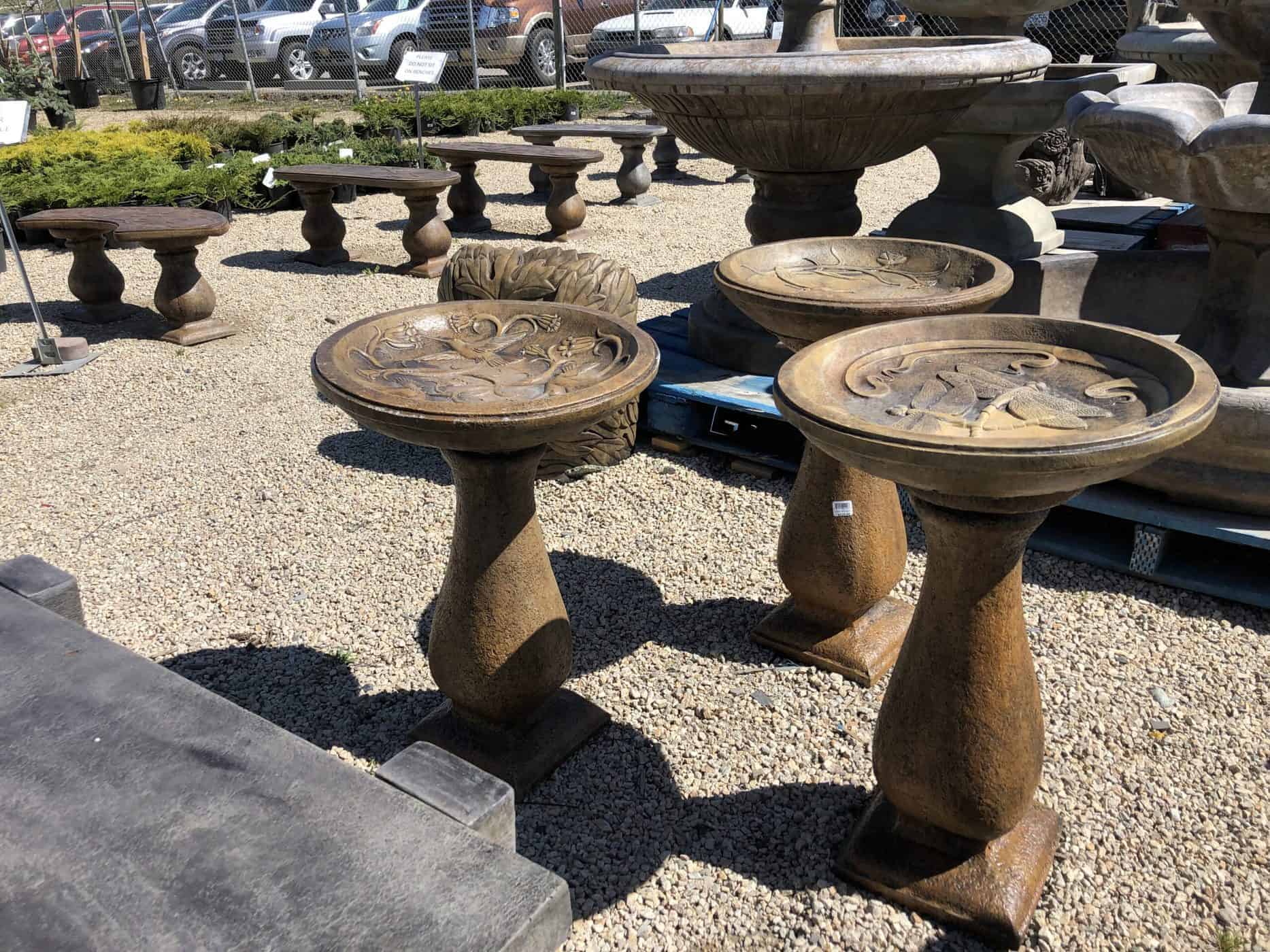
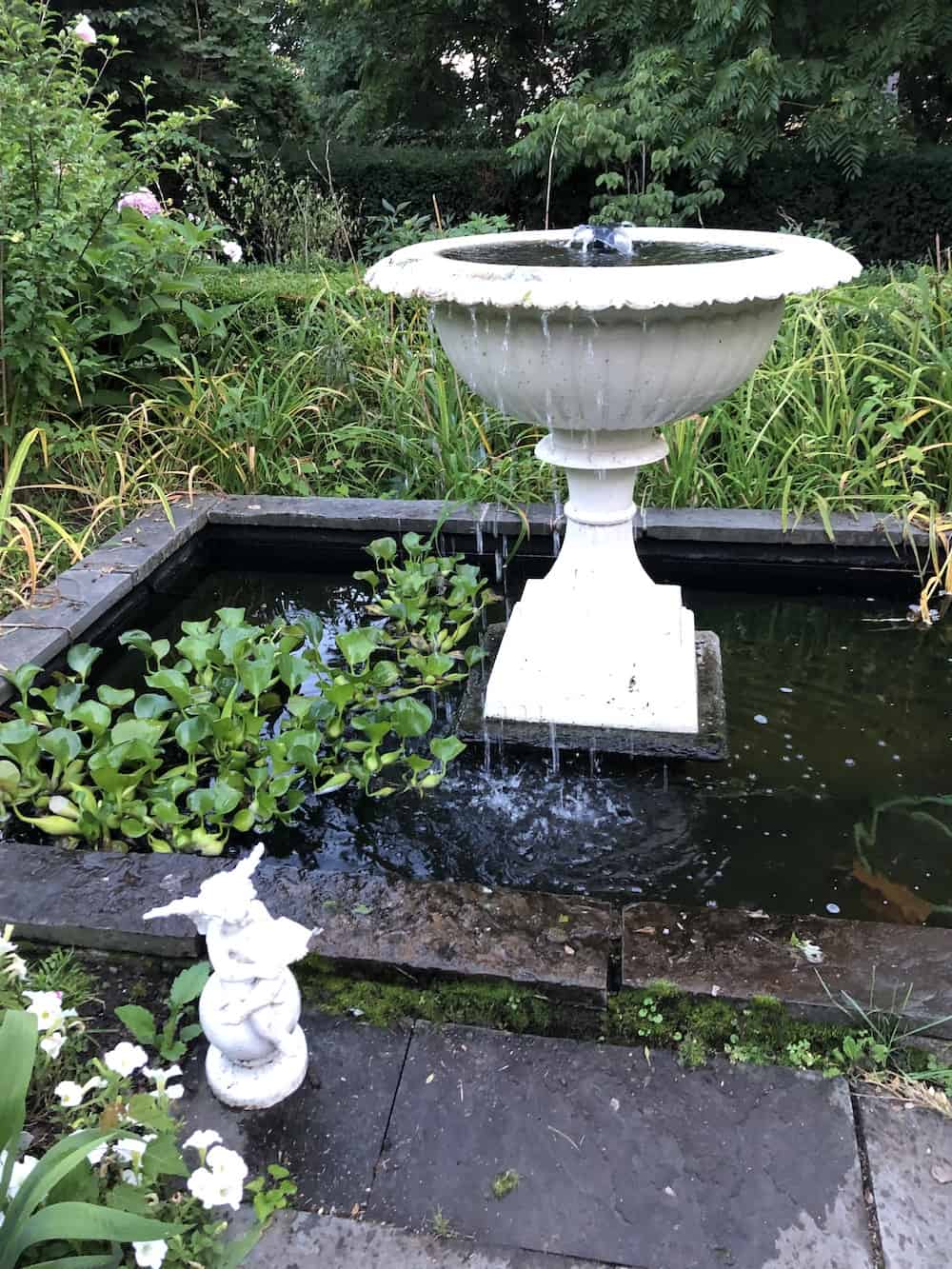
Concrete bird baths with fountains
Moving water is a real benefit in a bird bath. The water flow keeps mosquitos from breeding (and seems to keep bugs away in general). The water is nicely aerated for the birds and is less likely to grow algae. The flowing water also adds a relaxing background sound to the garden with a little bit of visual interest.
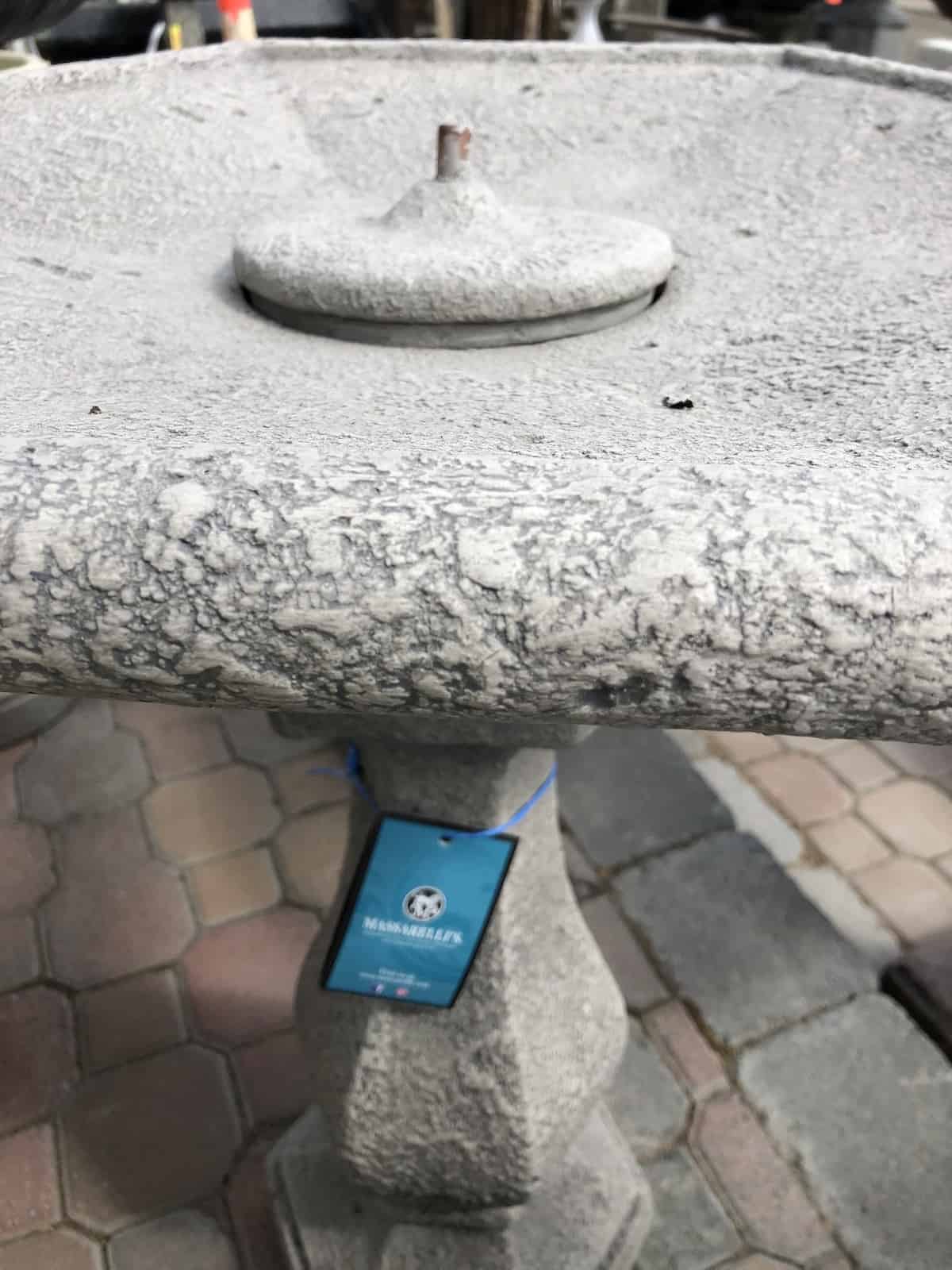
Adding a fountain to a concrete birdbath
Fortunately, adding a fountain to an existing concrete bird bath is relatively easy. I actually prefer to add the fountain separately, as the pump and other plastic parts never seem to last as long as the concrete birdbath itself!
Many add-on bird bath fountains are solar-powered. Typically these fountains consist of a small submersible pump that goes in the basin, a small solar panel that stakes into the ground, and a cord that connects the pump to the solar panel. Then there are spray heads and hosing to connect the spray head(s) to the pump.
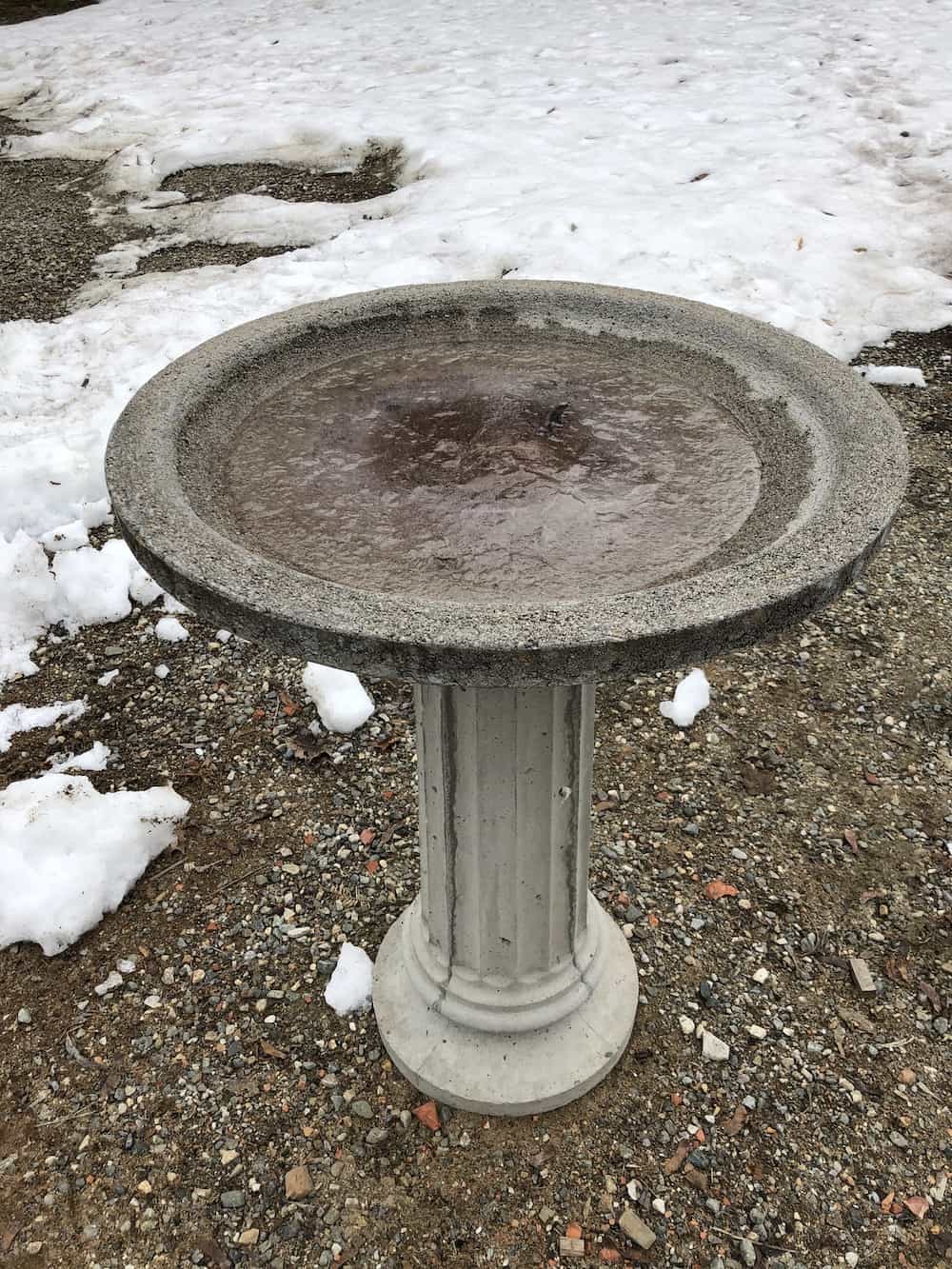
Maintenance of a concrete birdbath
Once properly installed, the most important part of birdbath maintenance is to keep it clean! Bird baths are prone to algae growth, which should be avoided for both the birdbath’s look and the visiting birds’ health. Give the bath a good scrub and take care to disinfect and rinse it.
Concrete birdbaths in winter
Concrete bird baths will stand up to some wintertime weathering, but it is not great for them. Generally, the most detrimental weathering occurs when ice forms inside the basin. The freezing and thawing of the water exert force on the concrete, leading to premature aging like concrete spalling and cracking.
Ice forming can be minimized by covering the basin in the late fall or taking the bowl portion of the birdbath down in the fall. Store the basin in the garage, or somewhere it won’t collect water/snow/ice.
It is, of course, possible to just leave the birdbath up all winter in snowy areas. It will not last as many years, but the birds may appreciate it when a bit of fresh water is available on milder days. A birdbath in winter may also give a pretty focal point in an otherwise dreary winter landscape. Just be prepared for the odd imperfection to appear (call it character…).
